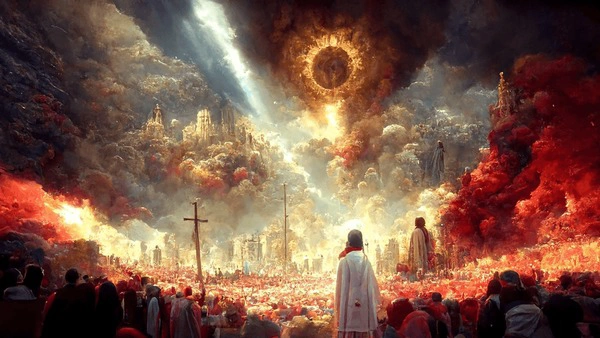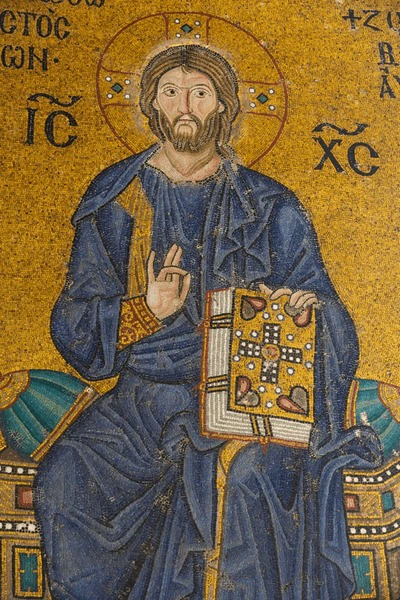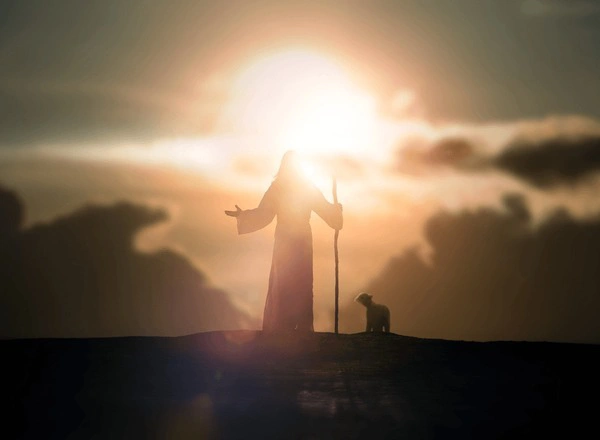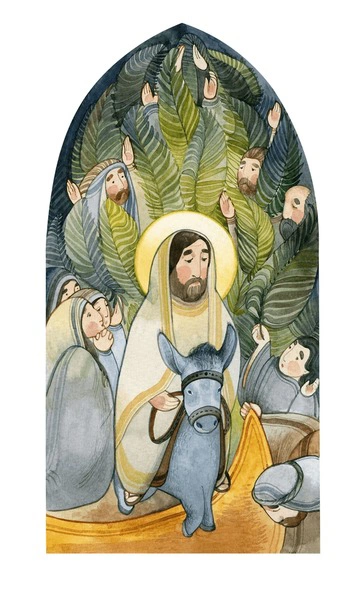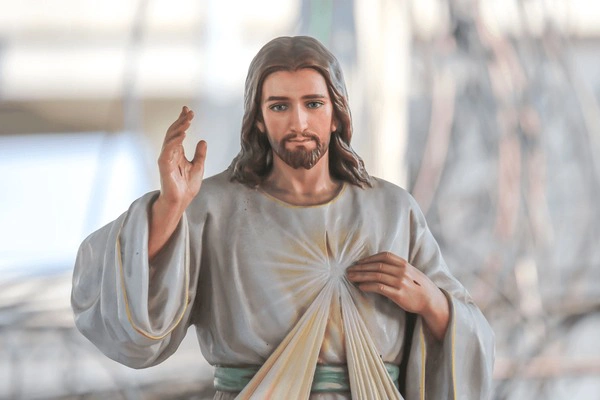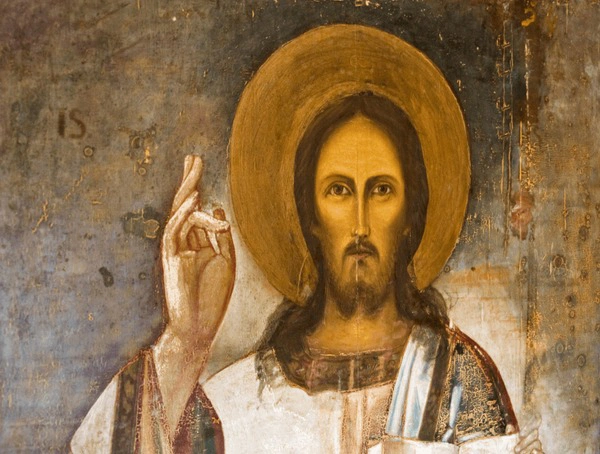
Zebulun and Naphtali: From Prophecy to Fulfillment
The geographical references to Zebulun and Naphtali in biblical prophecy are explored to show how these regions are integral to understanding the fulfillment of God's promises through Jesus. From their historical backdrop to their spiritual implications, this article delves into the profound connection between prophecy and fulfillment.
Michael Thompson
27/11/2024 - 6 months ago

The Land of Zebulun and Naphtali
In the biblical narrative, the regions of Zebulun and Naphtali hold significant importance. They are mentioned in Isaiah's prophecy and later referenced in the Gospel of Matthew, specifically in Matthew 4:15. These lands were part of the ancient tribes of Israel, located in the northern part of the country. Historically, these regions were often subject to invasion and conflict due to their strategic location. This tumultuous history set the stage for their mention in the prophecies concerning the coming of the Messiah.
Zebulun and Naphtali were not just geographical locations; they symbolized areas of darkness and suffering, often overlooked and oppressed. The people in these regions experienced hardship under various foreign powers. This context is crucial for understanding why Isaiah and later Matthew highlight these lands in their writings. The mention of these areas in prophecy served as a promise of hope and deliverance for a people who lived under the shadow of despair.
When Matthew references these regions in his gospel, he is drawing a direct line from prophecy to fulfillment. By identifying Jesus’ ministry as commencing in these lands, Matthew is underscoring the idea of light penetrating darkness. This is not just a spiritual metaphor, but a historical reality for those who lived in Zebulun and Naphtali. The physical presence of Jesus in these areas fulfilled Isaiah’s prophecy and brought new hope to the people living there.
Isaiah’s Prophetic Vision
Isaiah was a prophet who lived around the 8th century BCE. His writings are filled with visions of hope and redemption, and he often spoke of a future where God would intervene in human history to bring about salvation. Isaiah’s prophecy concerning Zebulun and Naphtali is found in Isaiah 9:1-2, where he speaks of a great light shining on the people who live in darkness. This prophecy is set against the backdrop of Assyrian invasions that devastated the northern kingdoms, including Zebulun and Naphtali.
The significance of Isaiah’s prophecy lies in its promise that a transformation would occur in these lands. The darkness that had shrouded Zebulun and Naphtali would be dispelled by the arrival of a great light. This imagery of light overcoming darkness is a recurring theme in Isaiah’s prophecies, symbolizing the intervention of God through the Messiah. For the people of Israel, this was a message of hope, indicating that their suffering would not be permanent.
Isaiah’s vision was one of renewal and restoration, where the coming of the Messiah would bring about a new era of peace and justice. By placing this prophecy in the context of Zebulun and Naphtali, Isaiah not only highlighted the physical transformation of these lands but also the spiritual renewal that would come with the Messiah. This dual focus on geography and spirituality is essential to understanding the depth of Isaiah’s message.
Matthew’s Fulfillment Narrative
In the New Testament, the Gospel of Matthew often highlights how the life and ministry of Jesus fulfill Old Testament prophecies. In Matthew 4:15, the reference to Zebulun and Naphtali is part of this broader narrative strategy. By beginning Jesus’ public ministry in these regions, Matthew emphasizes that Jesus is the promised Messiah who brings light to all who dwell in darkness.
Matthew’s audience, primarily Jewish, would have been familiar with Isaiah’s prophecies. By linking Jesus to these ancient texts, Matthew presents Jesus as the culmination of Jewish hope. The mention of Zebulun and Naphtali serves as a powerful reminder of God’s faithfulness to His promises. For early Christians, this connection between prophecy and fulfillment provided a solid foundation for their faith.
Furthermore, Matthew’s use of geographical references is not merely historical but also theological. The movement of Jesus into these regions symbolizes the breaking of spiritual barriers. It illustrates how the message of salvation is not confined to traditional centers of power but reaches out to marginalized and suffering communities. This aspect of Jesus’ ministry continues to resonate with Christians today, emphasizing the universal scope of the Gospel.
Theological Implications for Today
The references to Zebulun and Naphtali in both Isaiah and Matthew hold profound theological implications for contemporary believers. These geographical markers remind Christians that God’s work is deeply rooted in history and reality. The fulfillment of prophecy in these specific regions underscores the reliability of God’s promises and His attentive involvement in the world.
For modern readers, the story of Zebulun and Naphtali offers a message of hope and transformation. Just as these lands were once dark but received the light of Christ, individuals today can experience personal and communal transformation through faith. The narrative invites believers to reflect on areas of their own lives that may be shrouded in darkness, encouraging them to seek the light that Christ offers.
In a broader sense, the story challenges Christians to engage with the world around them, bringing light to those in need. It calls for an active faith that not only comprehends historical and theological truths but also applies them in ways that bring about positive change. By understanding the significance of Zebulun and Naphtali, believers can be inspired to live out their faith with hope and conviction, trusting in God’s ongoing work in the world.

